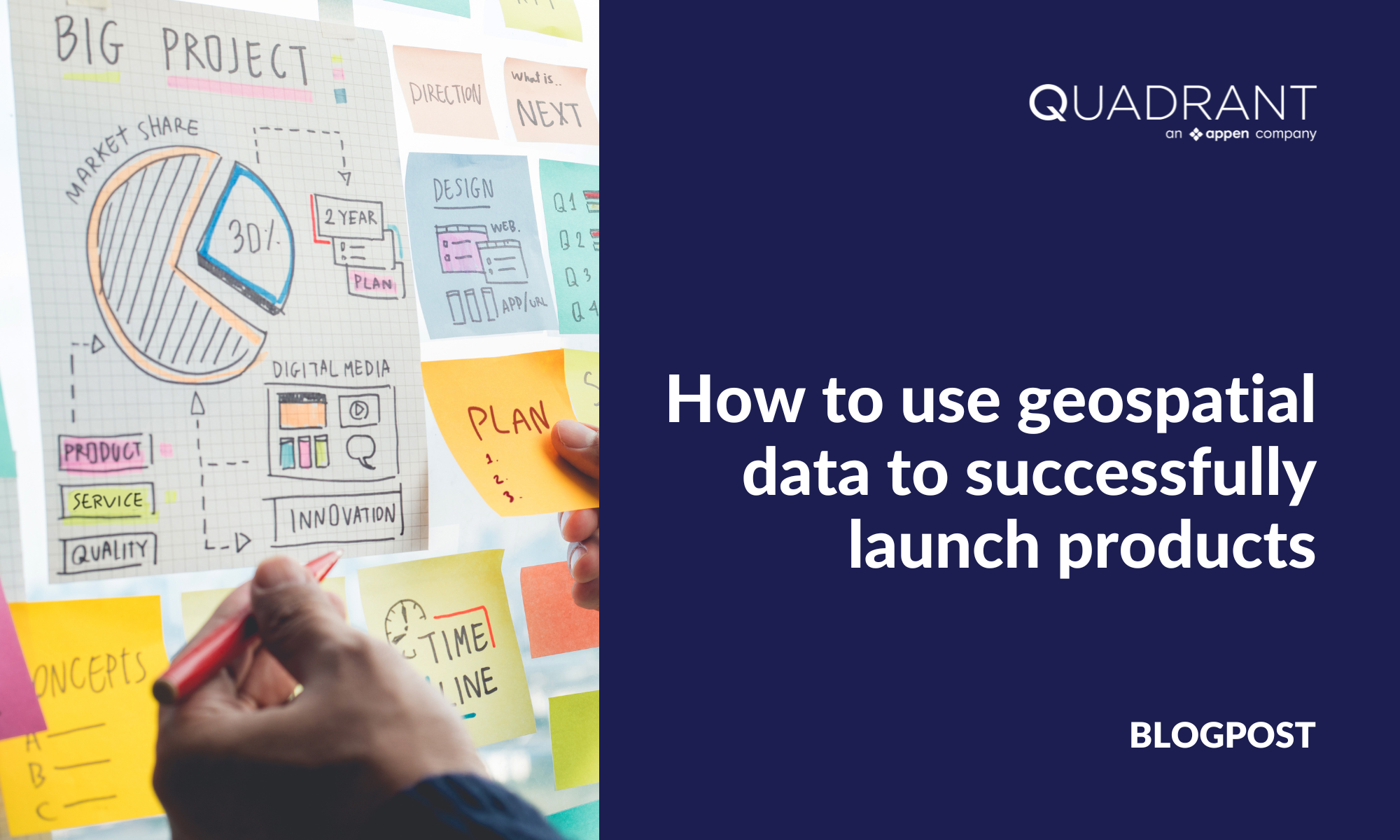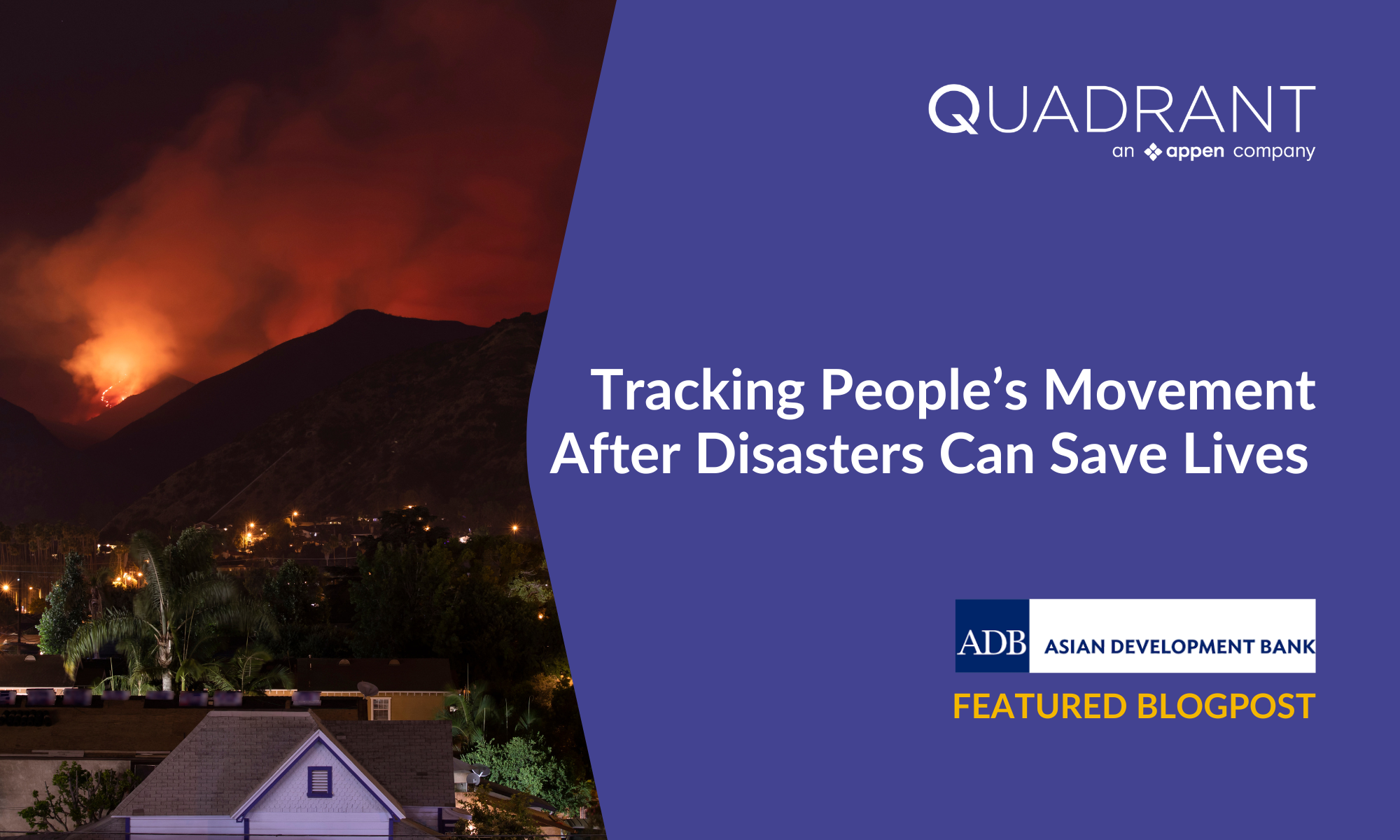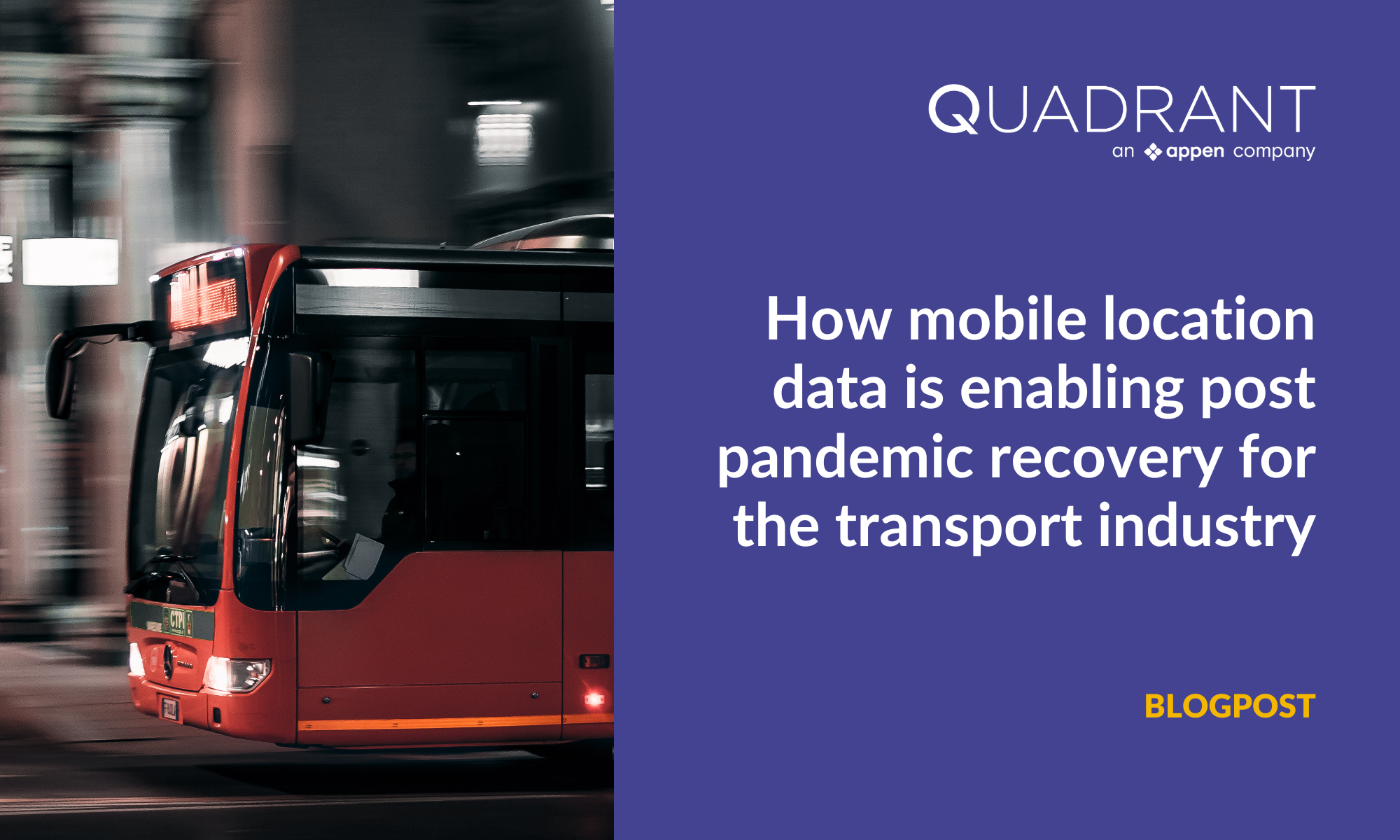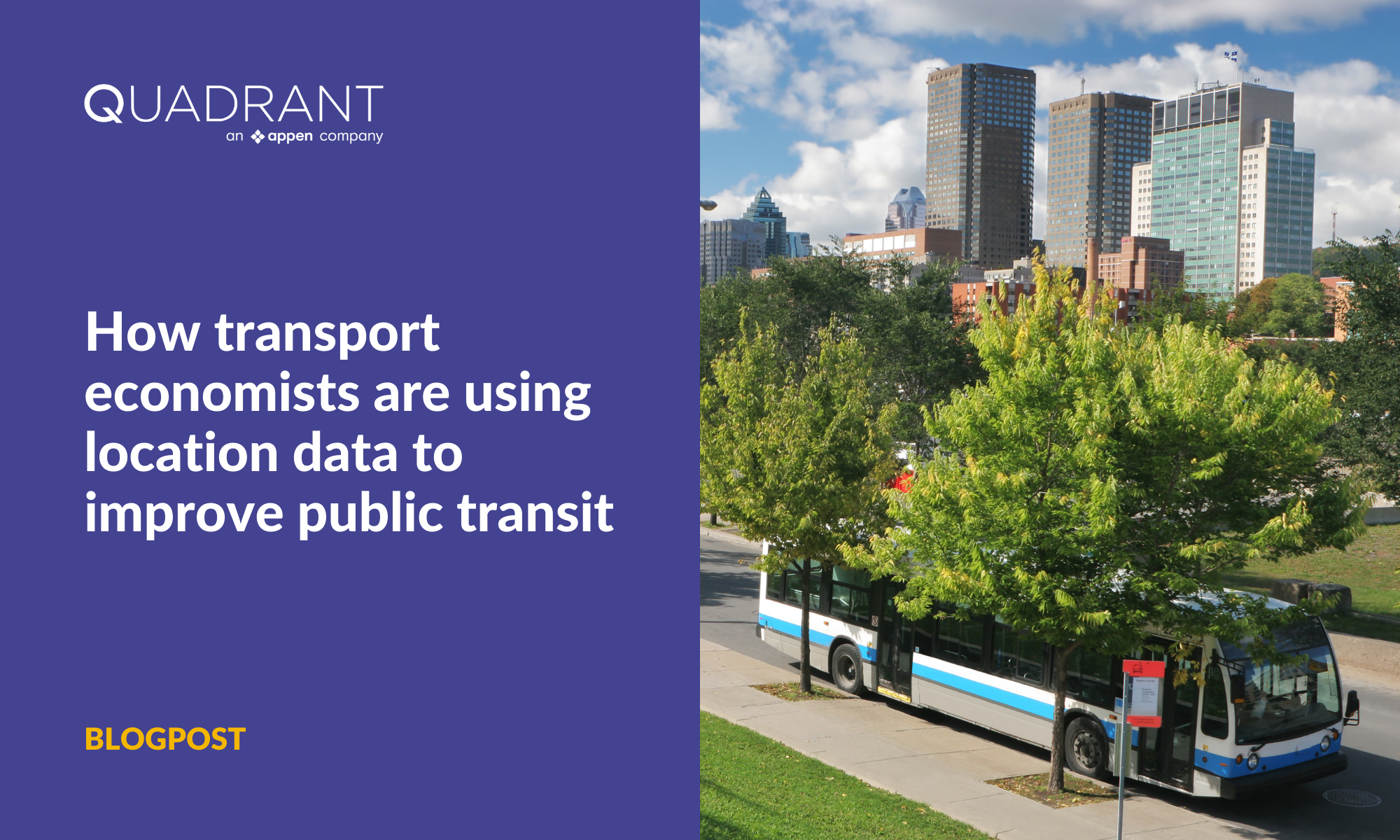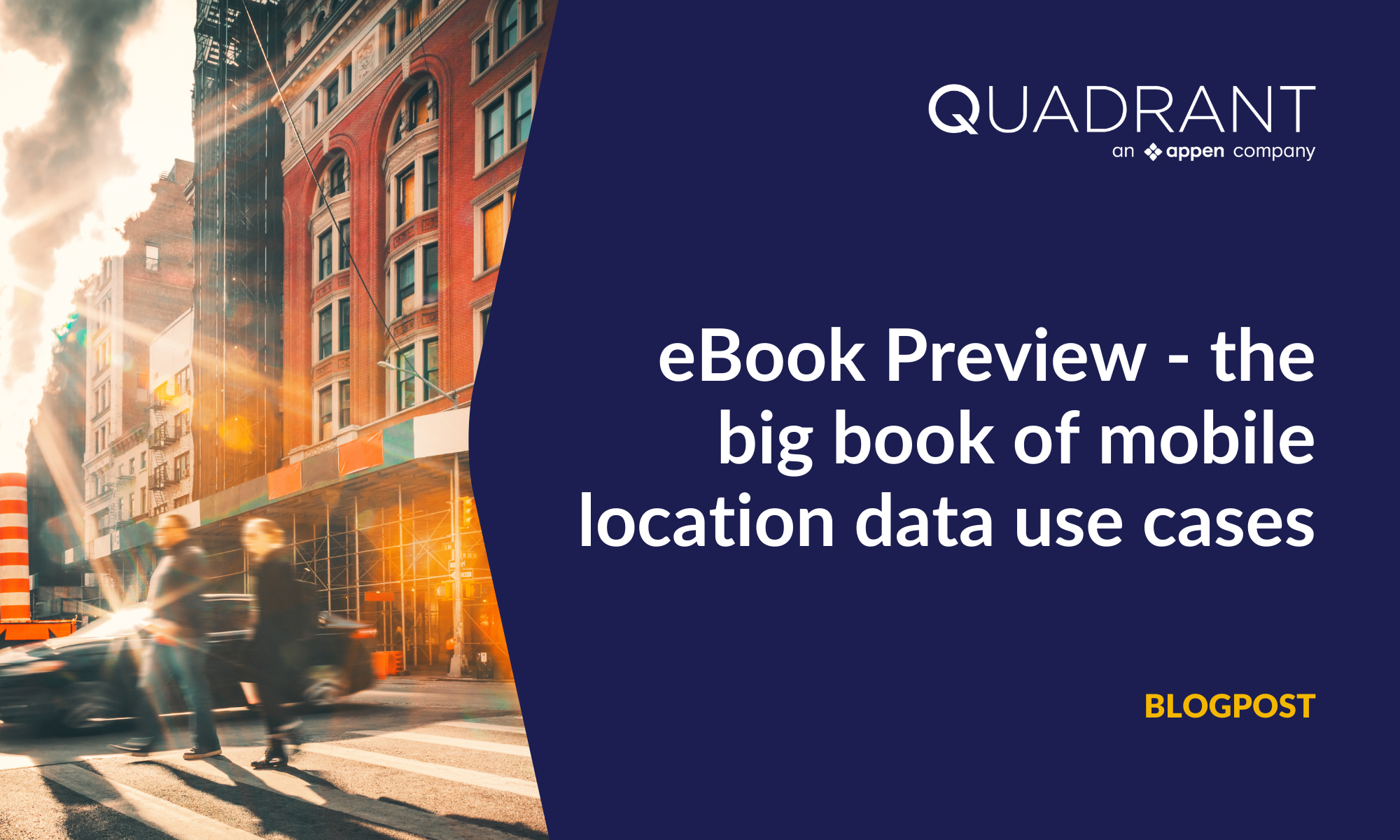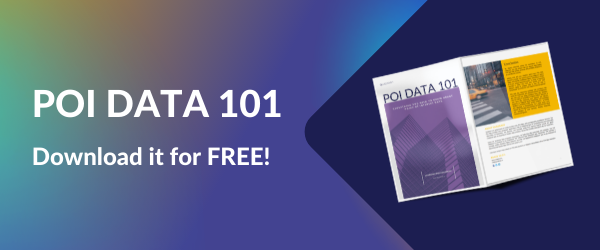In the aftermath of a disaster, access to relevant, high quality and timely information can greatly enhance the speed of emergency response by agencies and the effectiveness of government policies. The rise of signals and sensing capabilities, such as through privacy-compliant cell phone and GPS data can provide rich and rapid information about human location, activity and mobility. In a disaster recovery context, analytics based on mobility data can underpin socio-economic impact analysis.
The activity heat map displays normalized activity profile of Ambon Island for an average 24-hr day in Sept. 2019. Data are aggregated into hexagons, which are colored based on the count of unique devices by hour in each cell. This method highlights the most and least used locations at any moment in time. In the map above, yellow cells represent areas of high activity, or locations with the greatest number of people over the averaged 24-hr period. Source: Derived from Quadrant’s mobile location data.

